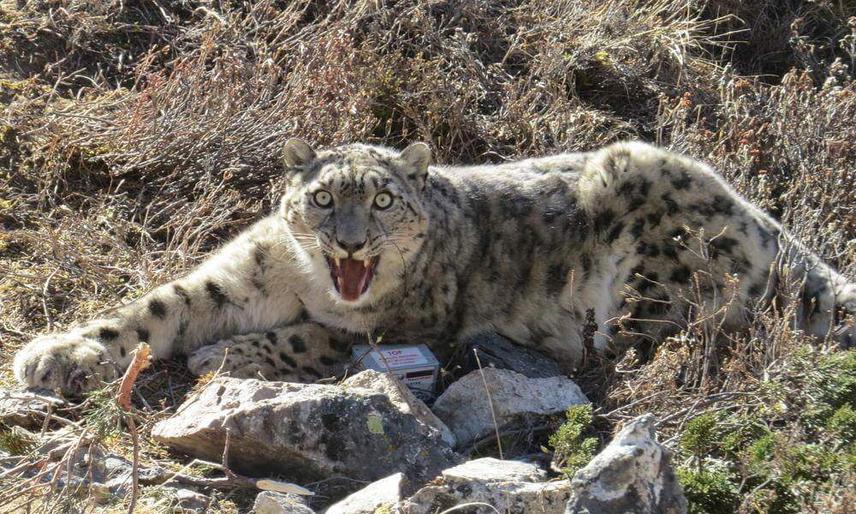Karuna Karki
Other projects
7 Feb 2018
Determinants of Spatial and Temporal Patterns of Human-Snow Leopard Conflict in Nepal II
This project aims to assess the determinants of the spatio-temporal distribution of human-snow leopard conflict and use this knowledge to inform evidence-based conflict mitigation measures

©Nepal Goverment and WWF Nepal.
Retaliatory killing of snow leopard over livestock depredation is increasingly affecting snow leopard population across its range including Nepal Himalaya. Resolving this conflict is important not only for the continued survival of snow leopard populations but also for ensuring sustainable livestock production by pastoral communities (McCarthy and Chapron 2003). In doing so, we require a better understanding of the extent, causes and correlates of actual livestock damage caused by snow leopard, and the threat of damage perceived by the affected people (Suryawanshi et al. 2013). However, this critical scientific knowledge is lacking in Nepal trans-Himalaya where livestock depredation by snow leopard is causing substantial economic loss (Oli et al. 1994). Moreover, the potential incongruity between human perceptions and the actual levels of livestock depredation has not been explored in this region. Lack of awareness among local pastoral communities about the importance of snow leopard conservation and on the benefits that they can reap from its conservation is another major challenge for its conservation.
With this project, we therefore aim to bridge the knowledge gap by conducting research on spatial-temporal patterns of human-snow leopard conflict. Particularly, we will identify the critical determinants (both ecological and socio-economic) of the spatial and temporal pattern of human-snow leopard conflict (livestock depredation). Using this information, we will map human-snow leopard conflict hotspots in the study area. Developing such hotspots maps will also help conservation authorities to develop site and time- specific measures for human -snow leopard conflict mitigation. This project will also help us assess if any mismatch exists between human perception of livestock loss to snow leopard and the actual level of livestock depredation by snow leopard. This information will help us elucidate the socio-economic factors that drive such mismatch between perceived damage and actual damage providing a better understanding of complexities that surround human-snow leopard conflict. Conservation awareness program among local pastoral communities and local herder will help impart positive conservation among them, which will contribute in reducing retaliatory killing of snow leopards and enhance community support for snow leopard conservation. The project findings will also be useful for planning community-based snow leopard conservation program while fostering its coexistence with local pastoral communities.